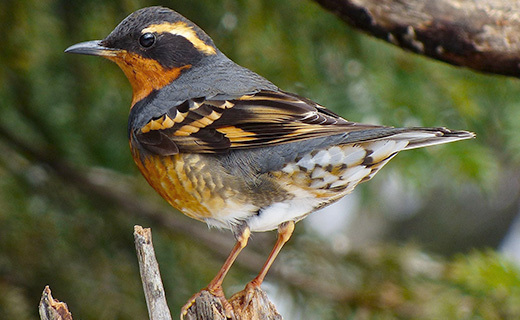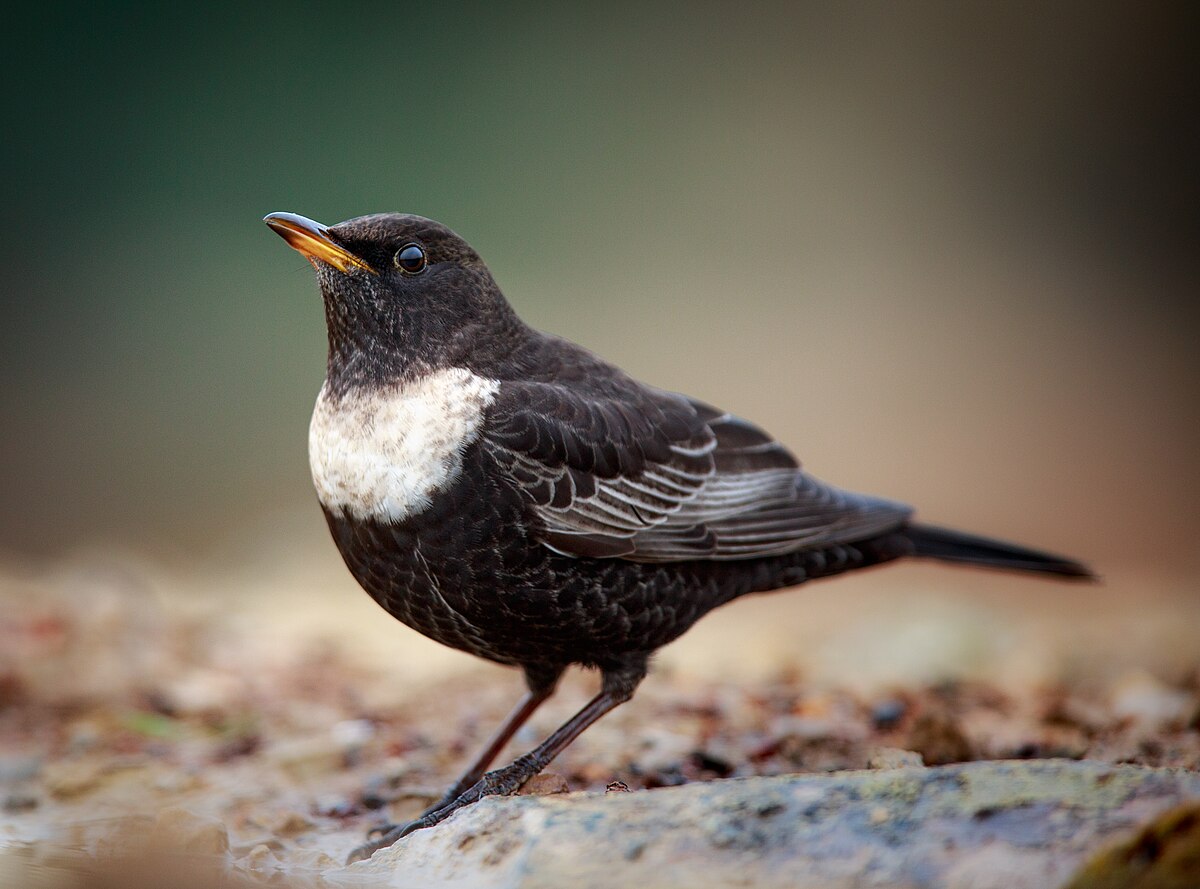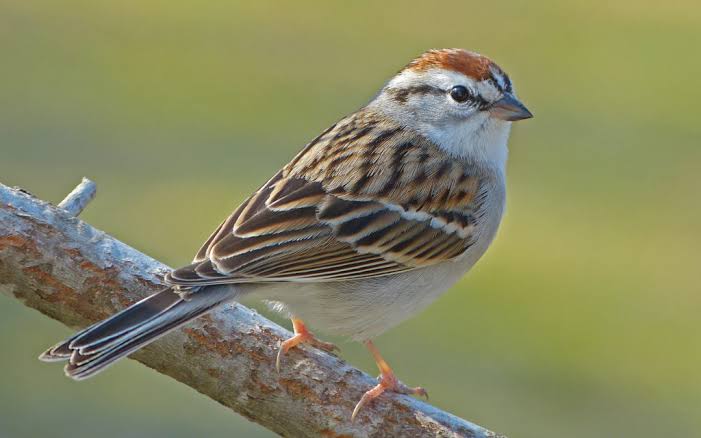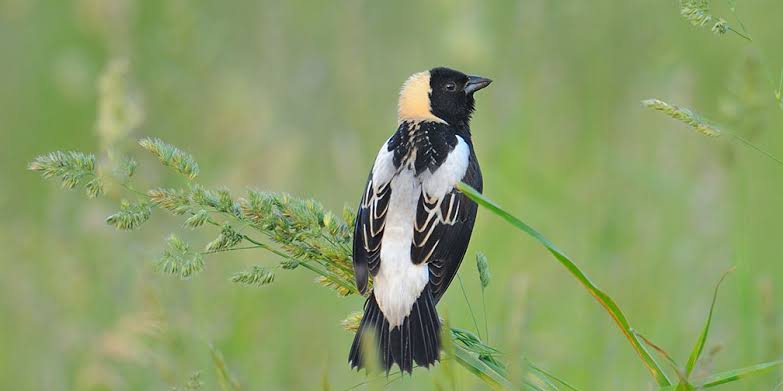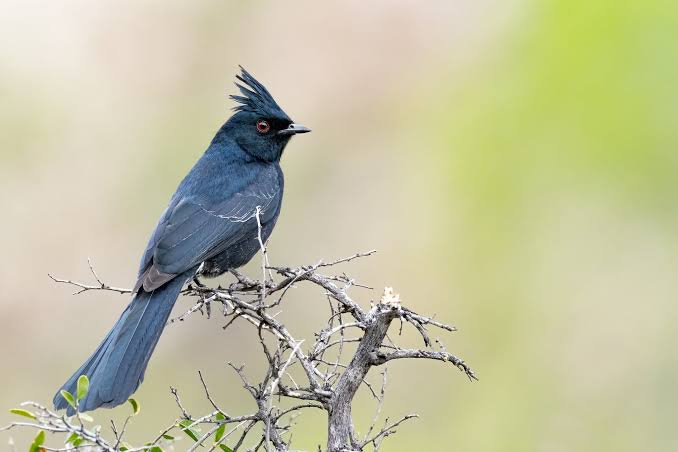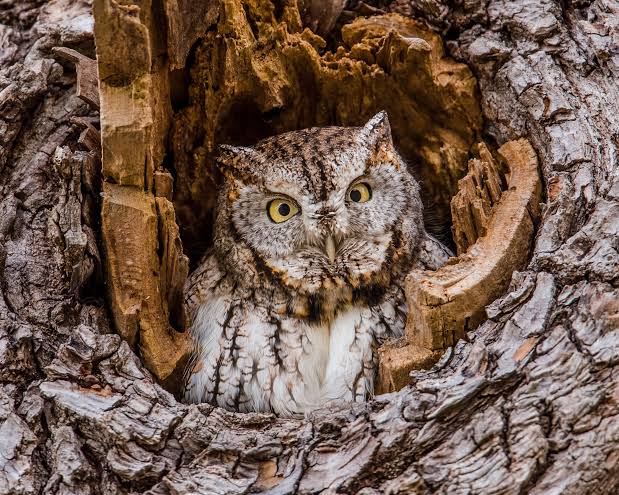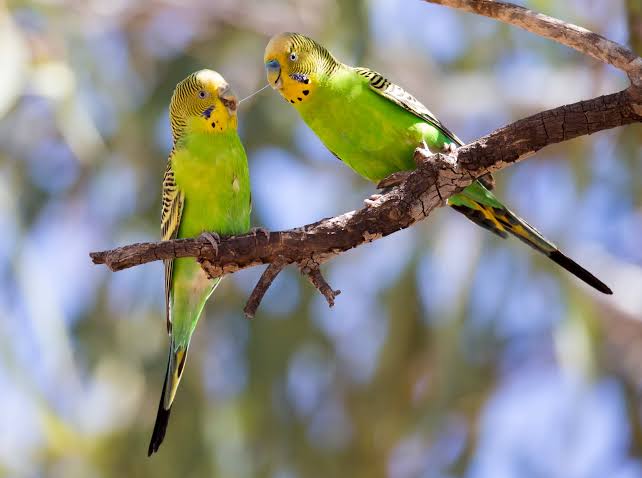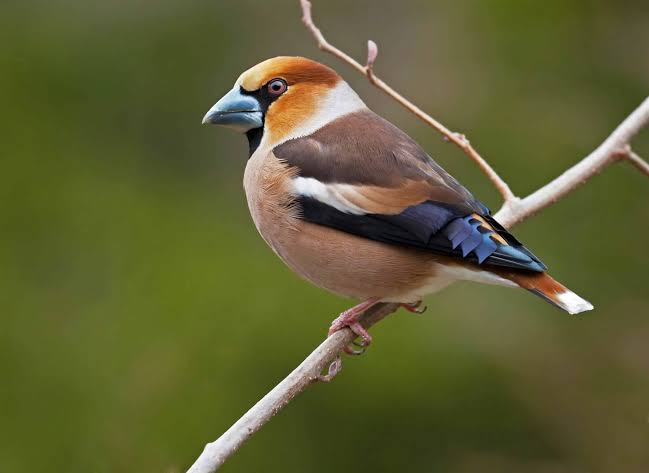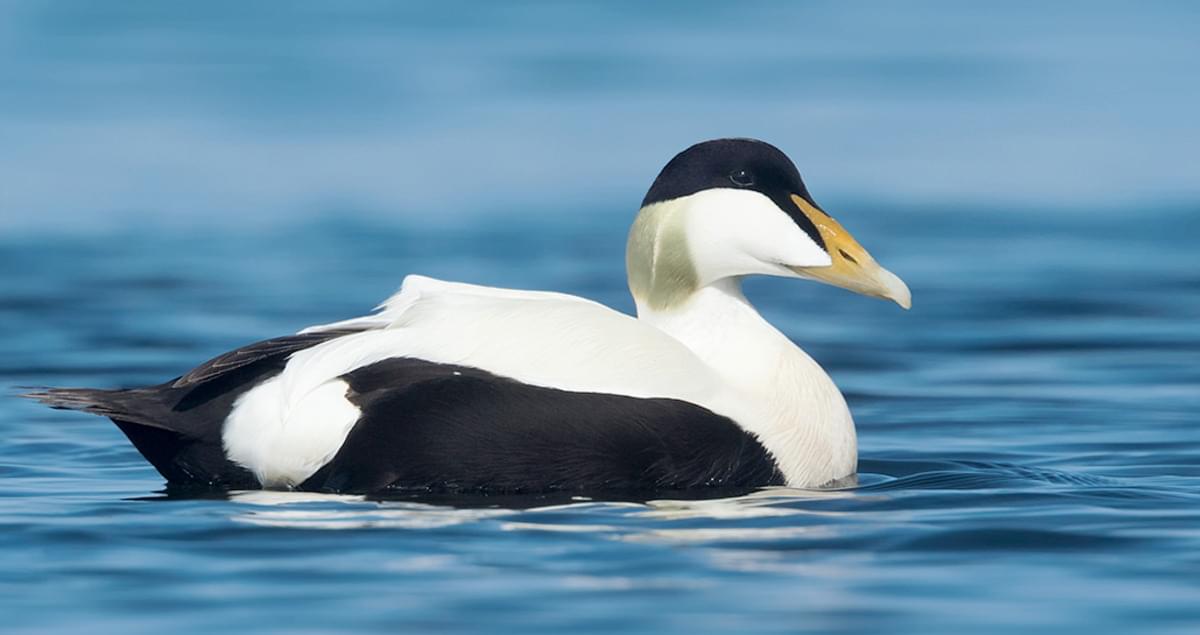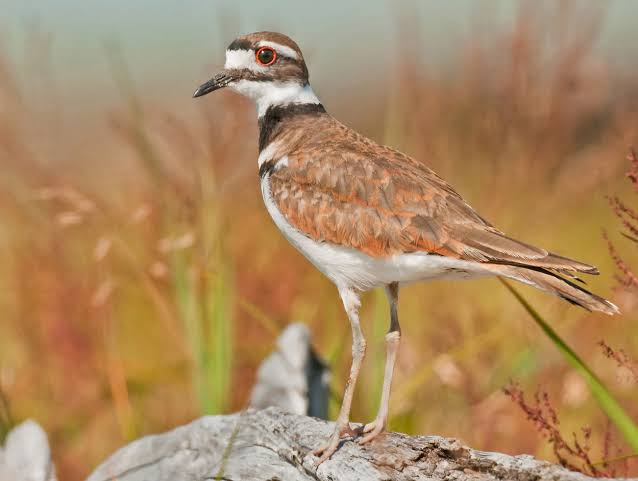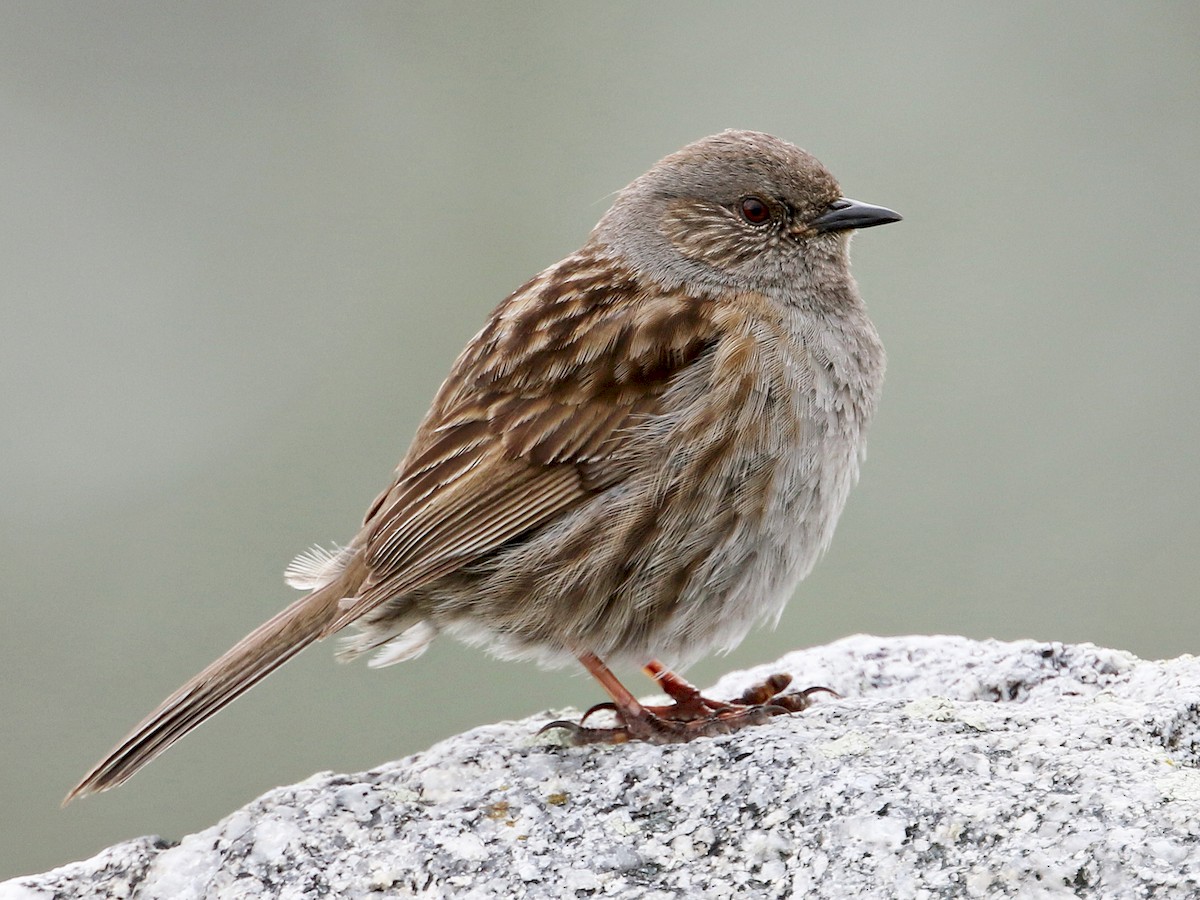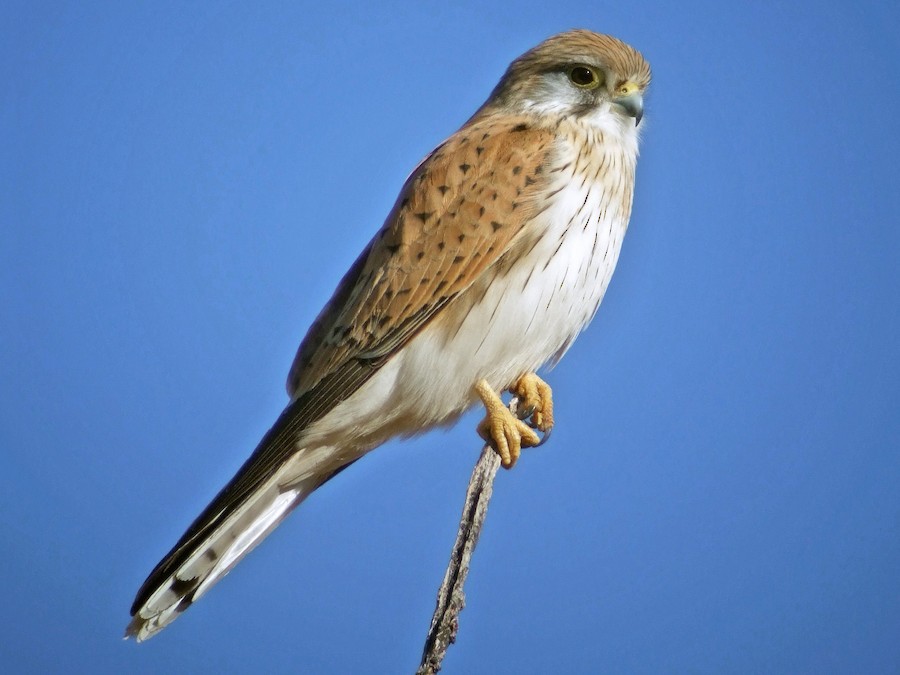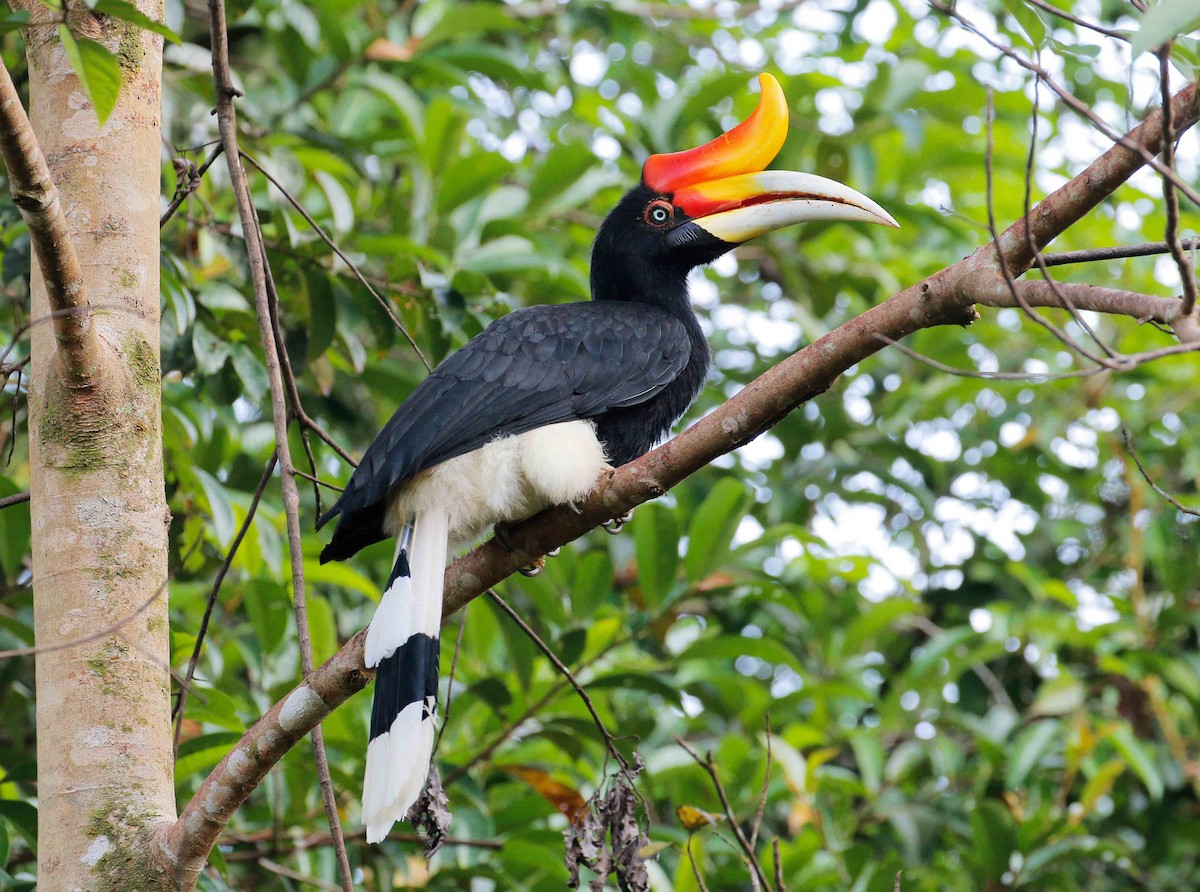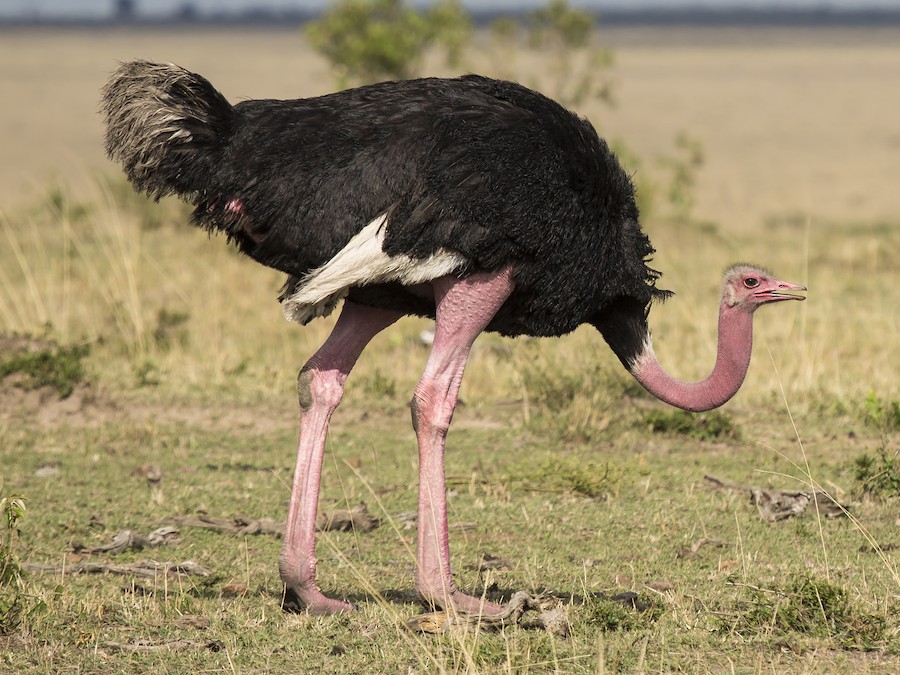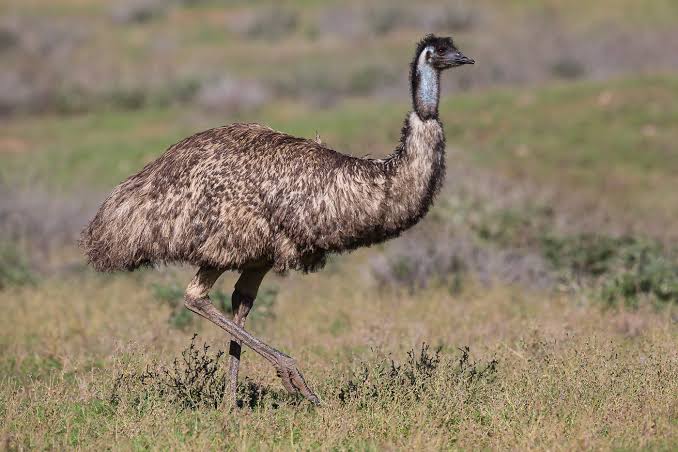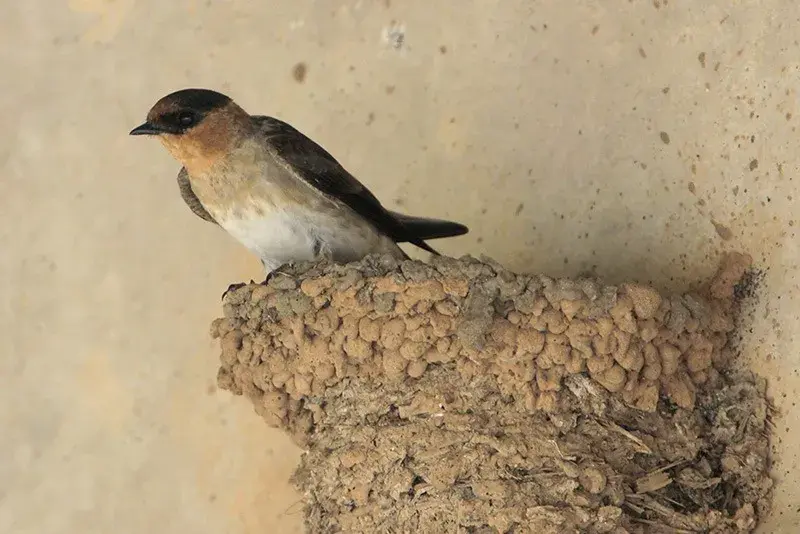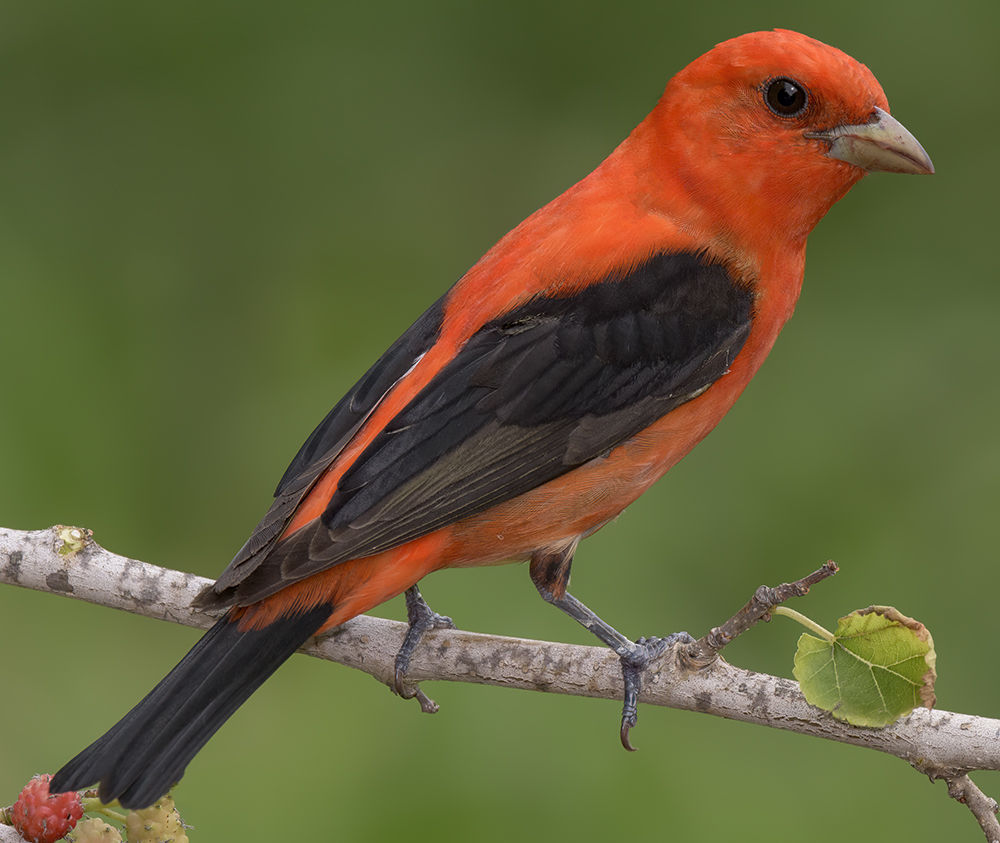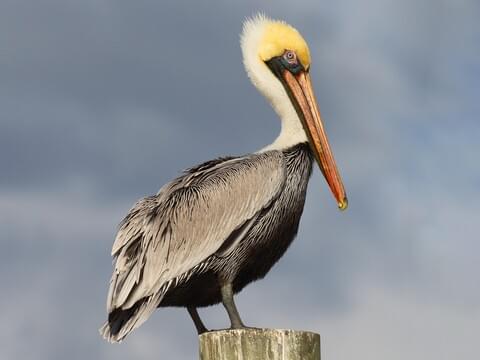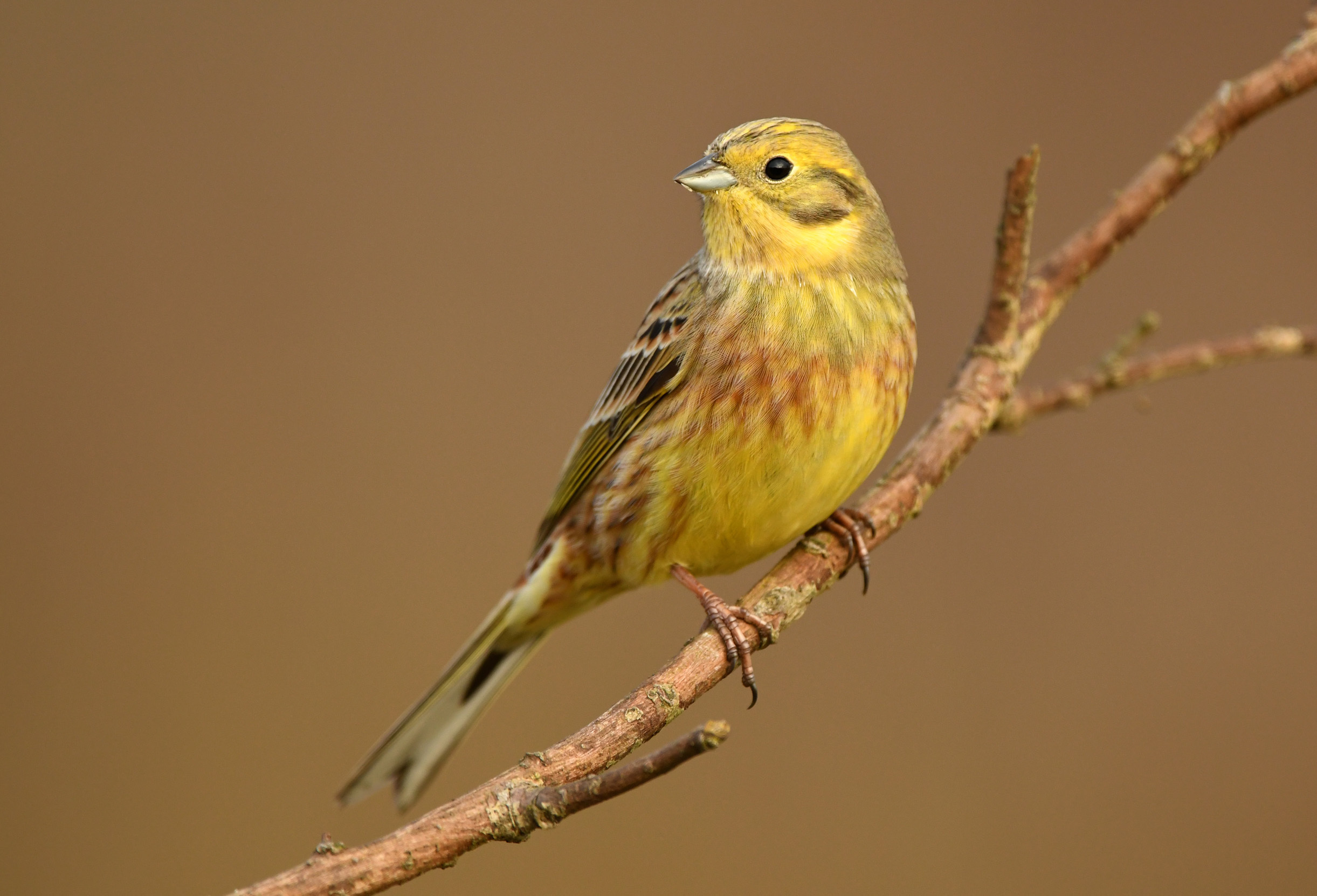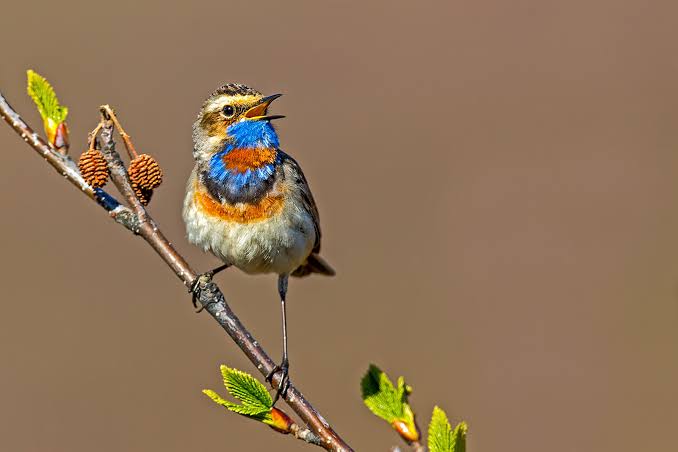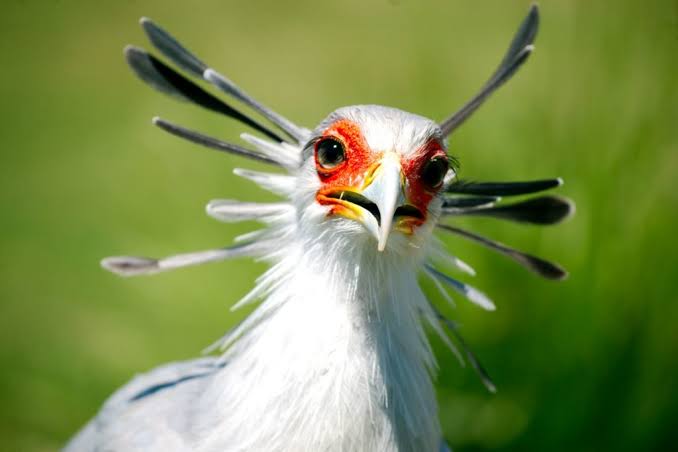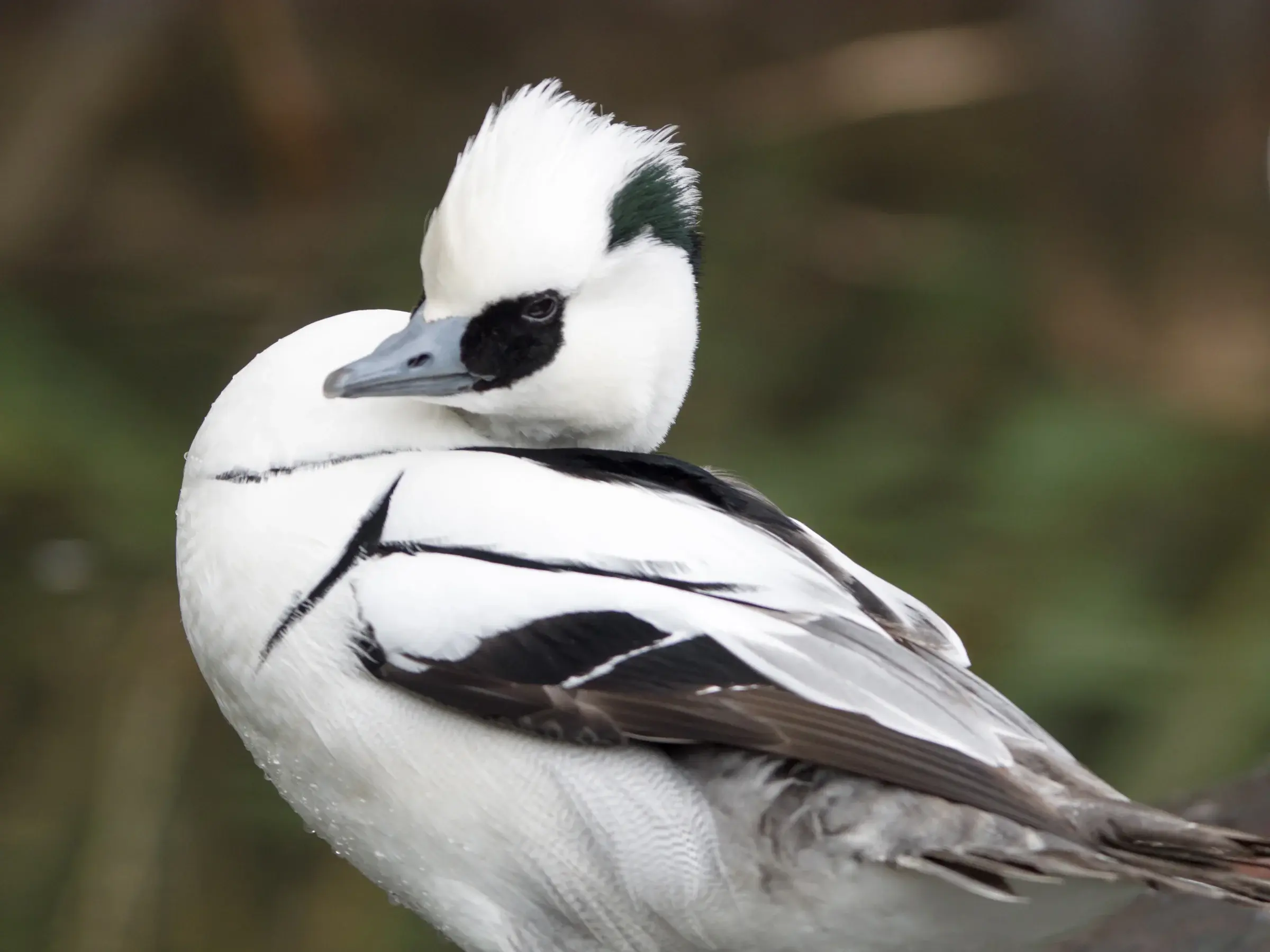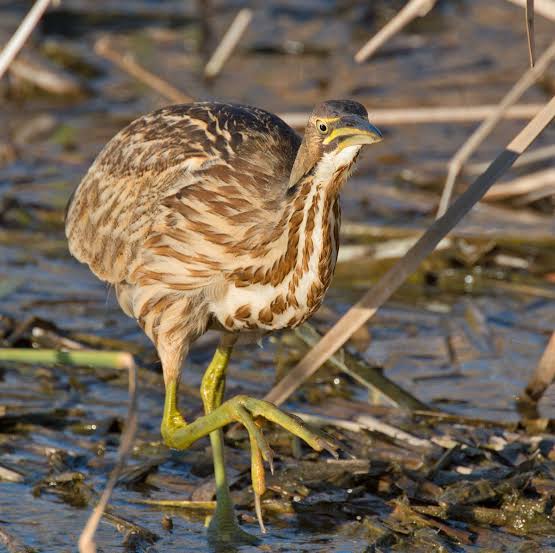The varied thrush (Ixoreus naevius) is a member of the thrush family, Turdidae. It is the only species in the monotypic genus Ixoreus. Varied Thrushes are stocky songbirds with large, rounded heads, straight bills, and long legs. Usually seen standing horizontally on the ground or in a tree, they often look plump-bellied with a relatively short tail.
The Varied Thrush lives in dark, wet, mature forests in the Pacific Northwest. In its breeding range, which covers Alaska and tapers as it extends south to northern California, it inhabits forests dominated by coastal redwood, Sitka spruce, red alder forests, western hemlock, western red cedar, western larch, or Douglas-fir. In winter it may be found in a broader range of habitats, including parks, gardens, lakeshores, and riparian areas where fruit and berries are abundant.
Varied Thrushes forage on the ground, periodically moving to higher perches in the understory to sing or move between foraging sites. Males reach the breeding grounds before females and start singing to establish territories. They have several threat displays, beginning by cocking the tail, turning it toward an intruder, and lowering the wings. If the adversary remains, the displaying bird will face off, lowering its head, raising and fanning the tail, and spreading its wings out to its side. Occasionally, males peck at or lock bills with each other. While squabbling over territory or chasing away nest intruders, they may dive and swoop through dense vegetation, sometimes hitting branches along the way. Females probably choose where to build the nest—usually in the understory of a mature forest, often in a spot surrounded by old nests (or even directly on top of one). They are usually around 10 feet off the ground and poorly concealed, close to the trunk of a small conifer. The female gathers nest material and weaves an outer layer of fir, hemlock, spruce, or alder twigs. She adds a middle layer with rotten wood, moss, mud, or decomposing grass, which hardens into a dense cup about 4 inches across and 2 inches deep. Finally, she lines the cup with fine grasses, soft dead leaves, and fine moss, and drapes pieces of green moss over the rim and outside of the nest. Males may also defend small sites around bird feeders in the winter, though females seem to use alternative feeding sites to avoid competition. Varied Thrushes are thought to establish monogamous breeding pairs, but how long the birds stay together is not known.
During breeding season, Varied Thrushes eat insects and other arthropods from the leaf litter; in winter they eat mostly berries and nuts. They forage by seizing dead leaves in their bill and hopping backward to clear a spot of ground before examining it for prey. In fall and winter, they switch to fruits and acorns, forming loose flocks around their food. Some of their typical fruits are snowberry, apple, honeysuckle, madrone, mistletoe, manzanita, toyon, ash, salal, cascara, dogwood, blueberry, huckleberry, salmonberry, and thimbleberry. Around human habitation, Varied Thrushes have proven very vulnerable to window strikes as well as predation by domestic and feral cats and collisions with cars.
Male Varied Thrushes sing a whistled, flutelike, sometimes burry tone on a single pitch. They sing mainly in the morning and evening, usually from the top of live conifers. Each song lasts about 2 seconds and is followed by a pause of 3–20 seconds. Successive tones may be on different pitches. This cycle is repeated for 10–15 minutes, until the bird flies to a new perch and starts again. Both males and females make a variety of calls, usually in aggression or defense. Those calls include a short trill, a harsh churrr, and a series of low chect notes. Here
